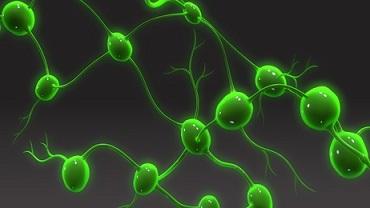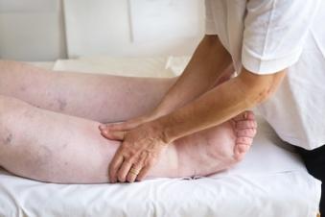Lymphedema and Wound Management: Activating the Lymphatic System
April 5, 2018
Introduction, History, and Practitioner Background
Manual lymphatic drainage (MLD) was developed by Emil and Estrid Vodder in the 1930s. They dedicated their lives to the study of lymphatic anatomy and physiology. Since then, others have modified the original techniques, including Foeldi, Leduc, Casley-Smith, and Bjork. They all involve manual contact with the client, deep diaphragmatic breathing, stimulation of the lymph nodes, and movement of fluid from proximal and then distal areas. The manual contacts are slow, gentle, and rhythmic. Practitioners are typically occupational or physical therapists, physical and occupational therapy assistants, nurses, massage therapists, and physicians. Many practitioners, after a required 135-hour training program, complete the Lymphedema Association of North America (LANA) certification exam.
Manual Lymphatic Drainage Techniques and Contraindications
All the techniques are beneficial, and in fact many lymphedema therapists combine techniques of each method in their practice as needed by each client. All these technique have contraindications for the safety of the client. Many times, several liters of excess fluid, lymph, can be lingering in the involved body part. The kidneys and heart must be able to move this extra fluid, so uncompensated heart or kidney failure is a contraindication to treatment. In addition, fungal infection and untreated cellulitis—an infection of the cutaneous tissue—must be resolved before treatment because MLD can spread the infection.
The client is usually in the supine position with the involved part elevated. Deep breathing activates the lymphatic system via compression and release of the thoracic duct. Any barriers to lymphatic or tissue channel flow are assessed by the clinician by medical history, inspection, and perhaps lymphoscintigraphy. Scarring, impaired or removed lymph nodes, body contours, and health issues may dictate the treatment. The pathways for the MLD are then determined, and treatment is initiated. Impaired or missing lymph node chains proximal to the edematous areas mean that other chains will be used to access the lymphatic system. For example, if the left leg is affected by removal of the left inguinal nodes, then the left axillary and right inguinal nodes may be used. The proximal areas of the lymphatic system are cleared of fluid first, followed by the channels and nodes that empty into them. This process continues and often is repeated until the edematous areas are reached. The lymph fluid is methodically moved to the proximal areas and through the treatment pathway. Many times, this will end at the venous angles in the neck and conclude with more deep breathing. The lymphatic system will remain activated for hours after this treatment, and indeed the kidneys and bladder will be doing their part the rest of the day!
Certification and Legislation Information
My deep apologies to the Vodders, Foeldi, the Casley-Smiths, and Bjork for this simplification. For those of you eager to learn MLD or just wanting to know more about it, go to lymphnet.org (National Lymphedema Network) for listings of certified schools and publications.
If you have totally bought into the amazing health value of complex lymphatic therapy for lymphedema patients and you live in the United States, visit LymphedemaTreatmentAct.org to see whether your representative and senator have signed on as cosponsors yet!
About the Author
Janet Wolfson is a wound care and lymphedema educator with ILWTI, and Lymphedema and Wound Care Coordinator at Health South of Ocala with over 30 years of field experience.
The views and opinions expressed in this blog are solely those of the author, and do not represent the views of WoundSource, HMP Global, its affiliates, or subsidiary companies.












Follow WoundSource
Tweets by WoundSource